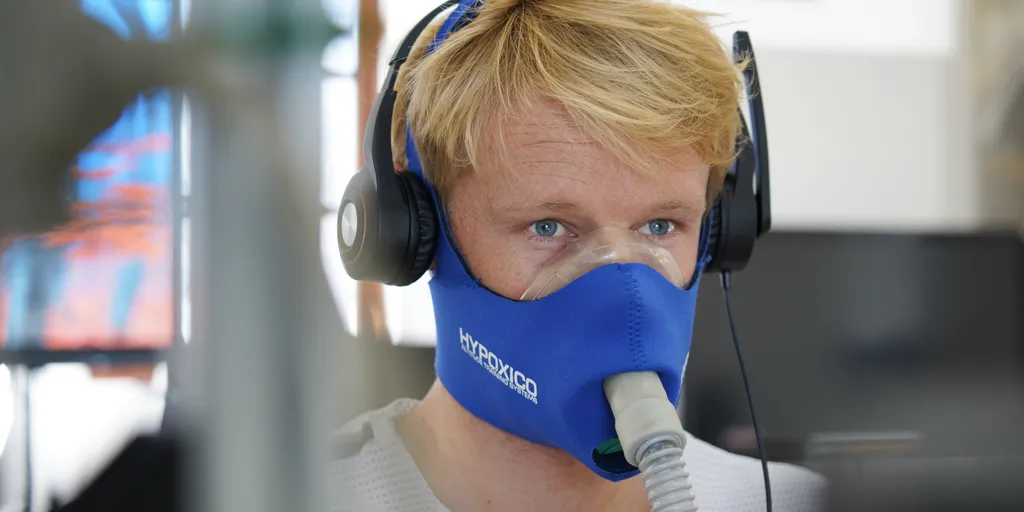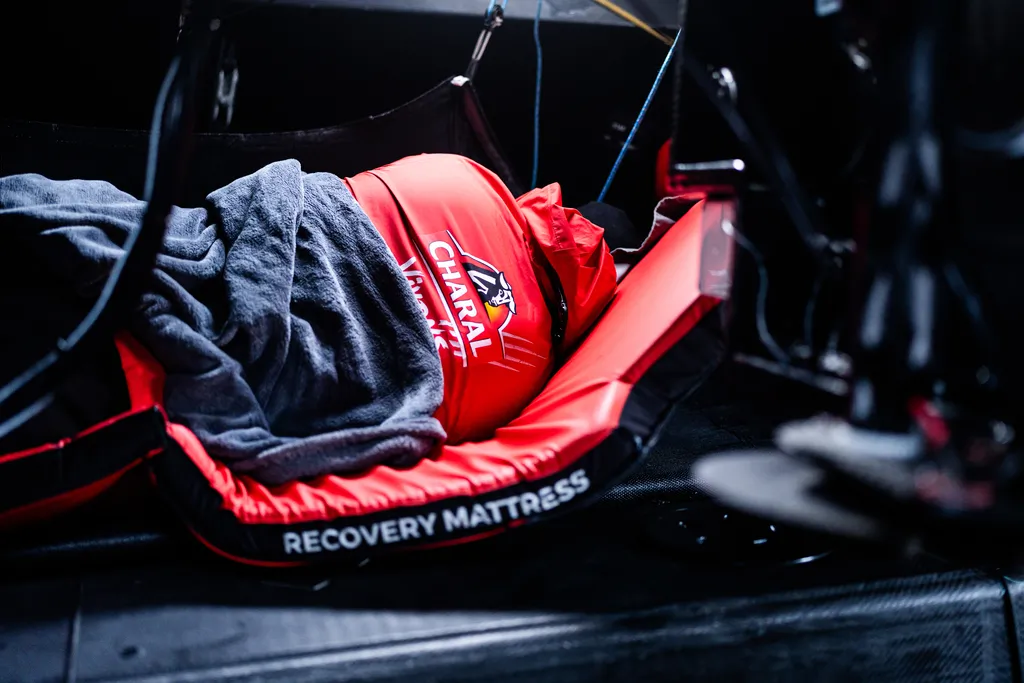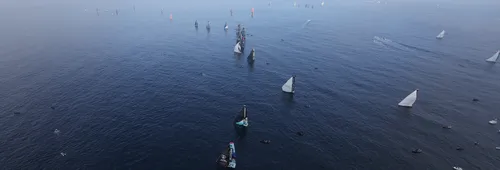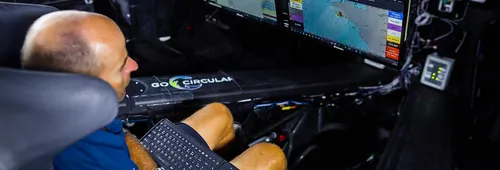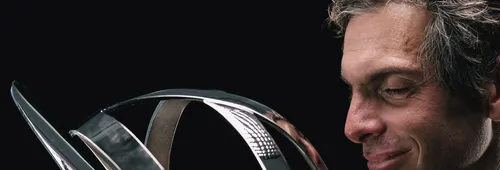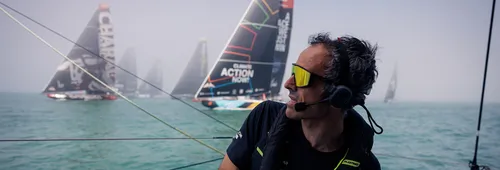A human machine ignored for too long
Despite its ten editions, the Vendée Globe has until now remained an enigma from a medical point of view. The technological machinery of the 60-foot boats was studied in minute detail, but the human machine remained largely neglected. "There's a real lack of data in ocean racing about the conditions in which the sailors evolve," observes Laure Jacolot. We had to wait until the 2024-2025 edition for the first large-scale study to be carried out on the physiological and mental consequences of racing, led by Bérénice Charrez and supported by IMOCA. The initial results are both eagerly awaited... and startling. Marked muscular atrophy, loss of flexibility, balance problems, osteoarticular tensions, chronic stress, hormonal imbalances: the Vendée Globe transforms our bodies. These observations are reminiscent of the effects of a prolonged stay in weightlessness. "Some skippers lose up to a centimetre and a half in height, probably as a result of vertebral compression due to the confined posture and loss of mobility," explains the Swiss woman, who holds a doctorate in medical engineering from the University of California at Berkeley. "It's reversible, but revealing." Even the best-prepared skippers return to the dock with sometimes invisible, but very real after-effects.
